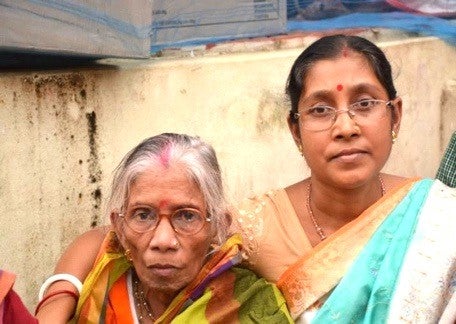
In remote border regions in Bangladesh and India, a government-to-government initiative is changing cross border relations, shifting the focus from smuggling and skirmishes to mutual economic gains and building a coalition for peace and cooperation.
In 2011, Bangladesh and India flagged off the first of their border haats, representing an attempt to recapture once thriving economic and cultural relationships that had been truncated by the creation of national borders.
Border Haats are local markets along the Indo-Bangladesh border that stretches 4100 Kms and runs through densely populated regions.
Conceived as Confidence Building Measures between India and Bangladesh, 4 Border Haats were set up between 2011 and 2015.
- Balat (Meghalaya) – Sunamgunj (Sylhet)
- Kalaichar (Meghalaya) – Kurigram (Rangpur)
- Srinagar (Tripura) – Chagalnaiya (Chittagong)
- Kamalasagar (Tripura) – Kasba (Chittagong)
Initially only local produce was permitted for trade. But subsequently, the range of items has been broadened to include goods of household consumption.
But border haats are not only about trade.
The total trade at each haat as estimated by the state governments is at $600,000 (Rs 4 crore or Rs 40 million) a year.
Even if the purchase limit at the haats were doubled, the number of days of operation raised to two days a week, and many more haats, say 50, were established along the border, these markets could generate total trade of $120 million (Rs 800 crore or Rs 8 billion) a year, which would still only be slightly more than 1 percent of the total formal trade between Bangladesh and India.
As the new World Bank report: A Glass Half Full – the Promise of Regional Trade in South Asia shows, the relatively small amount of trade has improved cross border relations and is having a positive welfare impact on the communities in the areas near the border markets.
A. Border Haats are boosting the local economy, creating opportunities for haat participants by:
- Increasing the income of vendors
- Opening up new business opportunities for buyers who source from the Haats and sell locally
- Creating opportunities for transporters who operate more trips on haat days and for small businesses like food joints and vehicle repair shops set up outside the premises
B. Border Haats have helped empower women
Visibility of women in cross border trade is challenging the status quo of traditionally male dominated trade. “Women in Bangladesh are no less competent than men, and it is time that they get the highest encouragement and support not only from the government, but also from their families to get involved in business.” —Sole woman vendor, Baliamari haat, Kurigram, Bangladesh
Border haats play a role in fostering women’s entrepreneurship, though participation is determined by the sociocultural context.
C. Cross border relations have improved through more people-to-people contacts
Social mixing is a large part of what the haats offer. Women and children gather for picnics and visits, and hawkers sell food items for immediate consumption.
Most important: Border haats have helped build trust and people to people contact. Haats have not only created new bonds and friendships among people residing across the border, but also rejuvenated old family ties that were temporarily disconnected by political barriers.
D. Informal and illegal trade has decreased in border haat areas
Goods earlier exchanged informally across the border are now sold at the Haats, thus reducing informal trade.




Join the Conversation